Google Shows Men Ads for Better Jobs
Before I get to the study that found Google Shows Men Ads for Better Jobs, let’s try an experiment. In an ideal world where women make up 50% of the population, every other CEO should be a woman.
Of course, our world is not ideal. It discriminates against female executives and other diverse professionals in the workplace. This we know. What we are just learning is that unconscious racial and gender bias has tentacles that reach into the tools we rely upon to do our work. Google search is but one example.
To see for yourself, enter “CEO” into Google search and see what comes back in Google Images.
(Waiting)

When I typed in the letters “CEO” and hit return, the Google Images page loaded the photographs below. They are overwhelmingly male. 83% of the images are of men, including silhouettes and cropped photos that indicate the person is male. 17% are female. That is nowhere near the 50% you’d need if there were no gender discrimination.
Yet, 17% is more than double the percentage of female CEOs at Fortune 500 companies. According to Fortune, just 37 of the 500 companies listed in the Fortune 500 are led by female CEOs. That number translates to a paltry 7.4% of the U.S.’s biggest companies (by revenue). Remarkably, 7.4% is the highest proportion of female CEOs in the 65-year history of the Fortune 500. Clearly, we have work to do, more than we previously imagined. Before, we worried about humans discriminating against humans. Now, we need to worry about something that is not human. Bots, algorithms, and platforms that stitch all that technology together may perpetuate bias as well.
Technology We Use Discriminates Against Us
We’ve reached a new state in our tech evolution. When we google, “CEO” and Google returns images that are overwhelmingly white and male, we tell ourselves that Google is just reflecting the world back to us — a world where discrimination exists. We believe that the Google bots that crawl the web are color and gender-blind. We trust the algorithms that answer our search queries are more objective than humans. One couldn’t possibly make an argument that Google’s search algorithm and its related ad-serving platforms are inherently biased. Or could you?
Google Offers Men Ads for Better Jobs
According to MIT Technology Review — a story highlighted by Gizmodo’s Kate Knibbs — Google shows men ads for better jobs. Google Ads embedded in search engine results exhibit gender discrimination. Google Ads offers you better jobs if it thinks you are a Guy.
In other words, Google’s ad targeting may be sexist. That means even if you chalk up as many accomplishments and degrees as your male counterparts; you’re still not going to get as many intriguing, higher-paying job opportunities dangled in front of you online as a male version of you. MIT Technology Review explained it this way:
“Researchers from Carnegie Mellon University and the International Computer Science Institute built a tool called AdFisher to probe the targeting of ads served up by Google on third-party websites. They found that fake Web users believed by Google to be male job seekers were much more likely than equivalent female job seekers to be shown a pair of ads for high-paying executive jobs when they later visited a news website.”
— Professor Anupam Datta, Carnegie Mellon University
Anupam Datta is a Professor at Carnegie Mellon University who helped develop AdFisher. He believes the gender targeting disparity highlights the need for tools to uncover how online ad companies differentiate between people. Interestingly, AdFisher could not determine what in Google’s ad-serving ecosystem caused the discriminatory result.
How AdFisher Works
Professor Datta explains how AdFisher works in his 2015 study, “Discrimination and Opacity in Online Behavioral Advertising“:
“AdFisher is an automated tool that explores how user behaviors, Google’s ads, and Ad Settings interact. AdFisher can run browser-based experiments and analyze data using machine learning and significance tests. Our tool uses a rigorous experimental design and statistical analysis to ensure the statistical soundness of our results. We use AdFisher to find that the Ad Settings was opaque about some features of a user’s profile, that it does provide some choice on ads, and that these choices can lead to seemingly discriminatory ads. In particular, we found that visiting web pages associated with substance abuse changed the ads shown but not the settings page. We also found that setting the gender to female resulted in getting fewer instances of an ad related to high-paying jobs than setting it to male. We cannot determine who caused these findings due to our limited visibility into the ad ecosystem, which includes Google, advertisers, websites, and users.
— Professor Anupam Datta, Carnegie Mellon University
Why Does Google Show Men Ads For Better Jobs?
While Dr. Datta acknowledges opacity made it impossible to determine the cause of ad-serving gender bias, he did detail possible reasons:
- The advertiser’s targeting of the ad
- Google explicitly programs the system to show the ad less often to females
- Males and female consumers respond differently to ads and Google’s targeting algorithm responds to the difference (e.g., Google learned that males are more likely to click on this ad than females are)
- More competition exists for advertising to females causing the advertiser to win fewer ad slots for females
- Some third-party (e.g., a hacker) manipulating the ad ecosystem
- Some other reason we haven’t thought of.
- Some combination of the above.
Multiple Causes for Gender Bias
Ultimately, the responsibility falls on Google to do something about its ecosystem that do that advertised job opportunities are offered equally to men and to women. Google has a stated corporate philosophy to do no evil in its “Ten things we know to be true”. Yet, it wasn’t Google, but rather Microsoft, that took action to address ad-platform bias.
Microsoft has begun collaborating with Professor Datta to prevent gender bias and other troubling patterns in ad-serving on the Bing platform. If gender bias is an unintended consequence of job opportunity ad-targeting, it means women executives and women technologists are at a disadvantage more than previously imagined.
Women make less than men, on average, in their current workplaces. But that’s not all. Their future is also shortchanged because, so far, ad-targeting displays ads for better jobs for men. Professor Datta’s research serves as a cautionary tale of unintended consequences created by the technologies we use every day.
For more blog posts, check out The Diversity Recruiting Collection. If you want to accelerate your advancement up the career ladder, check out our blog post about Executive Makeovers. They can help you become more successful.


